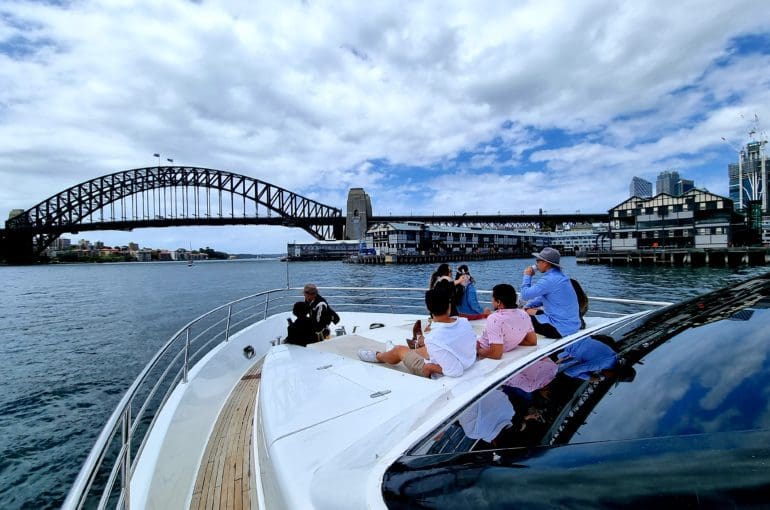Safety is of the utmost importance when it comes to operating a superyacht in Sydney Harbour. Superyachts are large, complex vessels that require a high level of skill and expertise to operate safely. The harbour is a busy and crowded waterway, with many other boats and vessels, as well as numerous hazards such as rocks, currents, and unpredictable weather conditions.
One of the most important aspects of safety on a superyacht is having a well-trained and experienced crew. The crew should be knowledgeable in navigation, communication, and emergency procedures, and they should be able to respond quickly and effectively in the event of an emergency.
Proper maintenance of the yacht is also crucial for safety. The yacht should be regularly inspected and maintained to ensure that all systems are in good working order and that any potential hazards are identified and addressed. This includes regular maintenance of the yacht’s engines, navigation equipment, life rafts and safety equipment.
Another important aspect of safety on a superyacht is effective communication. The crew should have a clear and reliable means of communication with each other, as well as with other vessels and shore-side authorities. This is critical for coordinating maneuvers, responding to emergencies, and ensuring the safety of all aboard the yacht and other boats in the harbour.
In addition, the yacht should be equipped with the appropriate safety equipment such as life rafts, life jackets, and emergency signaling devices. This equipment should be regularly checked and maintained to ensure that it is in good working order and that the crew is familiar with its use.
In Sydney Harbour, the yacht must also comply with the local regulations and follow the rules of the road, this includes knowing the no-go areas, speed limits, and the signaling and communication protocols.
In conclusion, safety is of the utmost importance when it comes to operating a superyacht in Sydney Harbour. It requires having a well-trained and experienced crew, regular maintenance of the yacht, effective communication, and the appropriate safety equipment. By prioritizing safety and following the local regulations, yacht operators can ensure the safety of all aboard and reduce the risk of accidents and incidents on the water.


